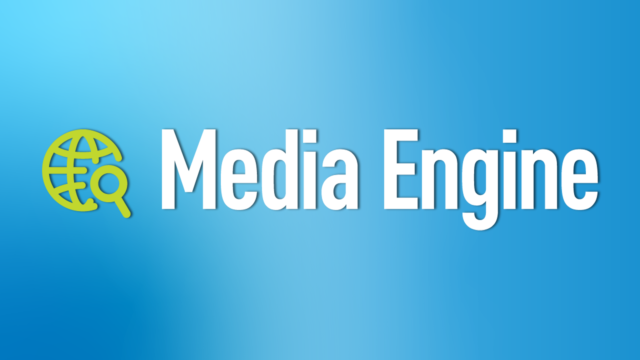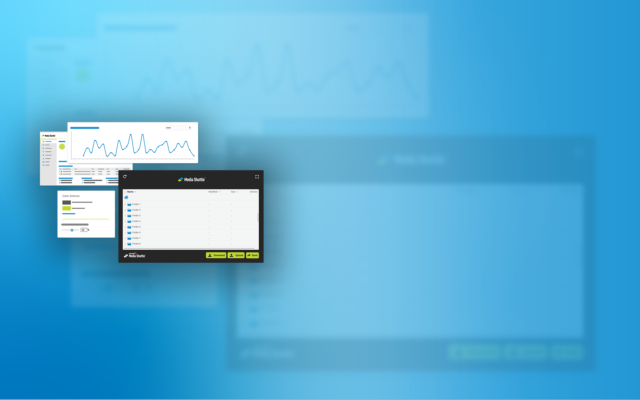Creating Content: Local is the New Global
Localization — preparing content for international markets — is one of the most important paths to growth in media and entertainment. Also called versioning or international packaging, localization includes languaging, compliance editing and timing cuts. It can be one of the biggest factors in monetizing content.
There are more episodics and features being created and more paths to getting them to consumers than ever. Take the phenomenon that was Netflix’s Squid Game, for example — would it have been accessible to Western audiences if not for renowned English dub and subtitles?
Speaking of Netflix, the streamer is subtitling its content into 26 languages and dubbing dialogue in nine languages. In a world where all its growth is now coming from markets outside the U.S., localization might be the most important job it has.
Enabling efficient and easy localization is where Signiant comes in.
The Tasks
Localization is more applicable to prepared/pre-made content like episodic TV and feature films than live streams of sports, news or events. But it covers a huge variety of players like broadcast networks, movie studios, and all the direct-to-consumer and OTT services. It also includes one you might not have thought of but has a similar global reach — gaming.
Language Requirements
The most obvious component of localization is languaging. Languaging includes subtitles, closed captioning and the most intensive (and expensive) aspect — voiceover by a native speaker, which includes dubbing into the local language. It is as much an art form as a science as voice actors have to match the pace of dialogue on screen.
The services that content creators can choose from are as varied in quality as the content we see on screens. At the higher end of the market (often feature films), specialized language experts will be called in to add cultural nuance to language settings. At the other end, machine learning speech-to-text algorithms can run an entire dialogue track through Google Translate and generate subtitles automatically.
But translation across two native languages is also an important part of the puzzle, where the translator needs to live and work in the country in question to be completely up to date with evolving language and local idioms. Languages, dialects, and local nuances often make the production of those things local to the area — global if you will. And those productions can be quite far away.
Compliance Cuts
Then there’s compliance editing, where the content on-screen or in dialogue must meet the classification regulations of a particular region — many countries in the world still aren’t as permissive with profanity, nudity or depictions of sexuality, but often compliance editing needs to be even more sensitive.
Think of the average war movie, usually made from very specific points of view. You might have to portray that point of view in a completely different way in another country that might see artistic depictions of that (or any) war very differently.
Sometimes it’s as simple and bleeping profanity, but even that can get unwieldy to wrangle. The rules around language can exist anywhere on a very movable spectrum in different global regions. With certain words allowed and different ones restricted you can end up with multiple cuts of a show or movie just to deal with profanity.
Timing Cuts
When content is repurposed for another media, you often need to find the best place for an alteration to adhere to a new structure, like finding the best place to cut to commercial on network TV in a movie that was made for end-to-end cinema viewing. That means applying markers where local broadcasters can insert commercials that don’t interrupt the narrative flow.
You might also need to shave or add time to suit the intended timeslot, squeezing or stretching particular sequences to fit without it being noticeable to the viewer (termed ‘cut to clock’).
Distribution
Beyond the localization of the content itself, there’s also the technical workflow of packaging up those different versions and making them available for transport to broadcasters and/or partners. It’s arguably the most important step — localized content is only valuable if it makes it to the intended destination intact.
And don’t make the mistake of thinking the above is a set progression. In some cases you won’t be able to do languaging until you have the timing of the content sorted out. In more restrictive countries where more content is likely to be cut, compliance editing would likely be your first stage before you even consider languaging or cutting to clock timing.
Signiant and Localization
At Signiant, we’re all about simplifying localization workflows. Aggregating content for processing and distribution and getting it to specific locations is the lynchpin of our entire product offering.
While all our products are used in localization workflows, it’s often Media Shuttle where you’ll realize most of your localization needs. Localization tends to be very person-intensive and so there’s a lot of sending and sharing media files to make it all happen and that’s of course what Shuttle does for more than 1 million professionals.
Machine learning is making inroads into editing all the time — algorithms are useful for compliance scanning because they can flag trigger words or phrases, for instance — but it’s still up to a human artist or technician to make the final call.
Signiant is already widely used across the media industries for localization workflows because we accelerate the pipeline for global supply. The further apart your teams of editors, effects technicians, directors or producers are, the more useful the Signiant Platform becomes. And now that the growth focus for streaming services vying for customers is set firmly on international markets, we’re in the right place to help you get there.
Our intuitive UX makes it easy to onboard collaborators worldwide with any skill level, and tracking the chain of custody has always been part of the DNA of the platform.
Signiant products are also storage independent — meaning our software can connect to any of our customer’s storage whether on-prem or in the cloud.
Crucially, in an era where there’s so much work in getting localization right and you have the opportunity to really stand out to content clients, we also make the experience easy to brand as your own. Whether you have multiple projects for a client or multiple clients, Signiant portals can be branded according to each project, asset or client to further cement your professional reputation and provide that extra assurance of data security. Language support is also built-in so individual portals can be configured for different languages and each end-user can choose their own default language as well.
The New Growth Curve
Now that localization is going to represent a bigger slice of revenue than ever before, it means managing a lot of constantly-moving targets. And when you’re in the business of preparing content for localized broadcast or exhibition, you need to concentrate on the creative demands of editing, not file or data management.
You need a solution that streamlines and manages what you’re trying to achieve in the background, and Signiant has the answer. Reach out to see how we can help.
![]()


